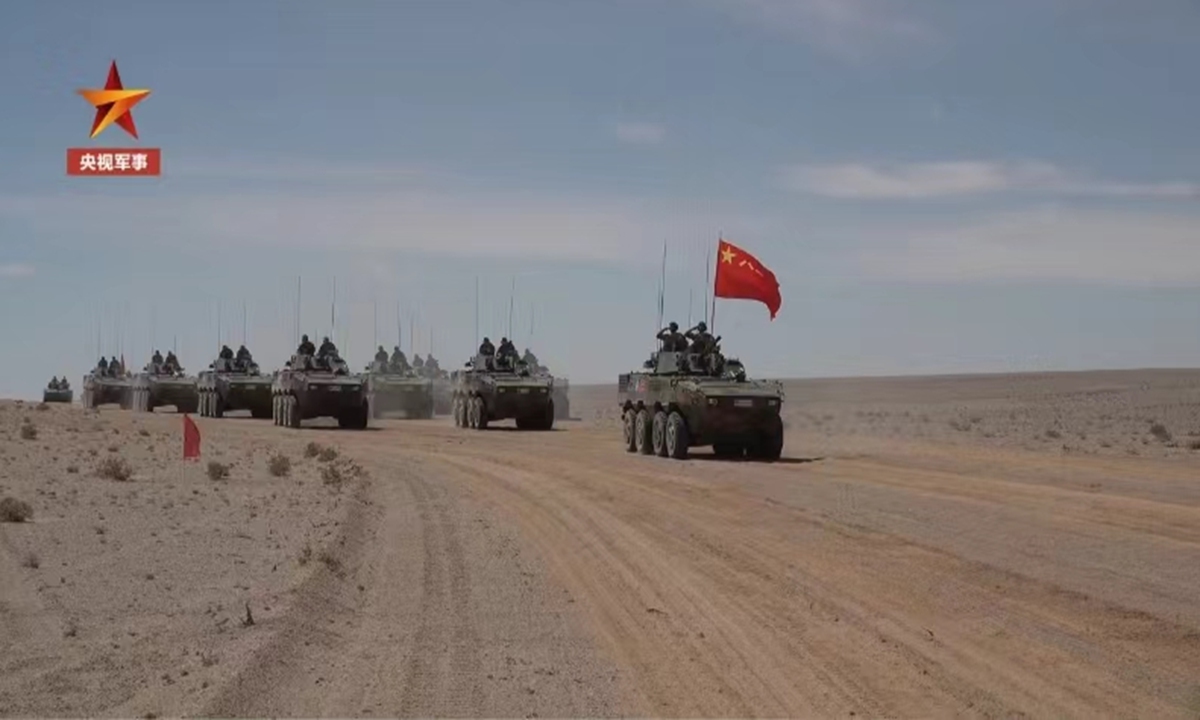Russian Foreign Minister Sergey Lavrov announced that Mongolia is the “obvious next candidate” for full membership in the Shanghai Cooperation Organization (SCO).
ADM-160 MALD: Ukraine Flashes Most Advanced ‘Decoy Missile’ That Russians Called Hardest To Intercept
Speaking after a meeting of the SCO Council of Foreign Ministers, Lavrov said that current member states unanimously support Mongolia’s accession.
“We believe, together with the People’s Republic of China and our other partners, that the obvious next candidate for joining the SCO is the Mongolian side. If you look at the map, it fits organically into the SCO space, and we will encourage our Mongolian neighbors to make such a decision. All SCO members are unequivocally in favor of it,” Lavrov said.
The Shanghai Cooperation Organization was founded in 2001 with an initial membership of six states: Russia, China, Kazakhstan, Kyrgyzstan, Tajikistan, and Uzbekistan. The organization aims to promote regional cooperation on security, economic, and cultural issues.
The SCO has added two more members, India and Pakistan. Mongolia, along with Afghanistan, Belarus, and Iran, holds observer status.
Notably, Mongolia was the first country to achieve observer status in 2004 during the Tashkent Summit, preceding India and Pakistan, both of which have since become full members.
Despite its long-standing observer status, Mongolia has been cautious about joining the SCO as a full member. The worries in Ulaanbaatar primarily stem from apprehensions about the significant sway held by China and Russia within the organization.
However, there has been a growing recognition of the potential benefits of full membership, including streamlined diplomatic engagements, enhanced participation in regional economic initiatives, and involvement in regional law-enforcement activities.
Russian Foreign Minister Sergey Lavrov also highlighted the evolving dynamics within the SCO, noting that 14 countries currently hold dialogue partner status, with Laos and Algeria recently applying for this designation.
He suggested that the process for advancing from dialogue partner to full membership could be streamlined to better reflect the growing interest and participation in the organization.
“I personally think that this is a somewhat cumbersome pattern,” Lavrov remarked. “As part of the work to upgrade the SCO, upgrade its rules and norms, we will pay attention to the need to somehow straighten this distance. I hope we will receive support.”
China, Mongolia Conduct First Ever Military Drills
China and Mongolia wrapped up their first-ever joint military drill on May 19, culminating in a live-action exercise showcasing the operational synergy of both nations’ armed forces.
The exercise, dubbed the China-Mongolia Steppe Partner-2024, featured a comprehensive demonstration involving more than 100 armored vehicles. The exercise was launched on May 12 in Mongolia’s Dornogovi Province.
It is built upon previous collaborations, such as the Border Defense Cooperation-2023 exercise held in China’s Xinjiang Uygur Autonomous Region. The exercise was themed around “tackling activities by illegal armed groups” and refined interoperability between the Chinese and Mongolian armies.
The live-action phase witnessed the deployment of various drone technologies for reconnaissance purposes while air defense units engaged mock hostile targets using man-portable air defense missiles.
Artillery support from Type 05 self-propelled gun mortars bolstered the advancement of assault teams comprising Type 08 infantry fighting vehicles and Type 11 wheeled assault guns.

Overcoming mock hostile defenses, the combined forces successfully breached the enemy’s lines, resulting in the neutralization of over half of the designated key firing points.
According to Chinese media reports, Chinese-Mongolian troops encircled and eliminated simulated adversaries with a diverse array of weaponry following multiple waves of attack.
Ju Qiqi, the commander of the Chinese participating forces, said, “This is the first time the Chinese and Mongolian armies have organized a joint drill, and it focused on making exchanges and learning from each other, honing capabilities through realistic combat, and safeguarding regional peace and stability.”
The exercise, characterized by the unprecedented participation of over 100 armored vehicles, underscores the depth of defense cooperation between China and Mongolia.
Analysts highlighted the strategic importance of such joint exercises, particularly in countering non-traditional security threats along their shared border. Of note was China’s ability to rapidly transport heavy equipment to Mongolia via railway, signaling its readiness to assist in the event of regional instabilities.
Moreover, Chinese experts anticipate that similar joint exercises will become routine, reflecting the evolving dynamics of China-Mongolia defense cooperation amid changing domestic and international circumstances.
- Contact the author at ashishmichel(at)gmail.com
- Follow EurAsian Times on Google News




